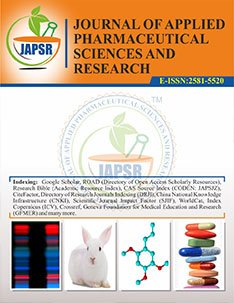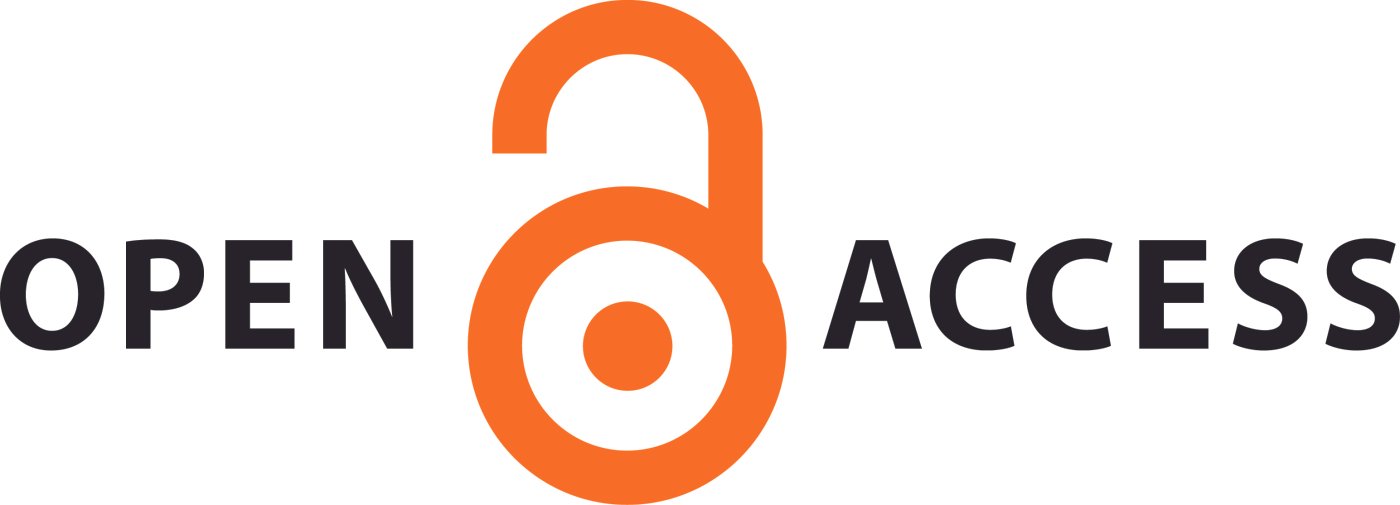Container Orchestration in Microservices: Kubernetes vs. Docker Swarm
Abstract
Container orchestration platforms have become vital tools for deploying and managing microservices-based applications in production
environments. This paper presents a comparative analysis of Kubernetes and Docker Swarm, focusing on deployment efficiency,
scalability, fault tolerance, and ease of management. Using a sample e-commerce microservices application, we evaluate both systems
under varying loads, node failures, and configuration complexities. Kubernetes demonstrates robust auto-scaling, dynamic scheduling,
and self-healing capabilities, offering better support for stateful applications and resource quotas. Its declarative configuration model
and broad ecosystem make it suitable for complex, multi-service applications. Docker Swarm, while more lightweight, provides faster
startup times and a simpler learning curve, which is advantageous for smaller teams or limited-resource environments. Benchmarks
show Kubernetes handles larger service graphs with higher stability, while Swarm’s performance advantage diminishes as service count
and cluster size grow. We also discuss network configurations, persistent storage management, and CI/CD integration. Our findings
suggest that the choice between the two depends on organizational needs—Kubernetes excels in feature-rich, large-scale environments,
whereas Docker Swarm offers quick setup and ease of use for less demanding applications. The study provides actionable insights for
DevOps teams selecting container orchestration tools in cloud-native deployments.
Downloads
All the articles published in JAPSR are distributed under a creative commons license (CC BY-NC-SA 4.0)
Under this license, you are free to:
- Share- copy and redistribute the material in any medium or format for any purpose, even commercially.
- Adapt- remix, transform, and build upon the material for any purpose, even commercially.
The licensor cannot revoke these freedoms as long as you follow the license terms.
- Attribution — You must give appropriate credit , provide a link to the license, and indicate if changes were made . You may do so in any reasonable manner, but not in any way that suggests the licensor endorses you or your use.
- NonCommercial — You may not use the material for commercial purposes .
- ShareAlike — If you remix, transform, or build upon the material, you must distribute your contributions under the same license as the original.
- No additional restrictions — You may not apply legal terms or technological measures that legally restrict others from doing anything the license permits.
Copyright policy
The journal allows the author(s) to hold the copyright of their work. That means the authors do not need to transfer the copyright of their work to the journal. However, the authors grant JAPSR a license to publish the article and identify itself as the original publisher.
Licensing policy
The journal allows the author(s) to hold the copyright of their work. That means the authors do not need to transfer the copyright of their work to the journal. However, the authors grant JAPSR a license to publish the article and identify itself as the original publisher.






